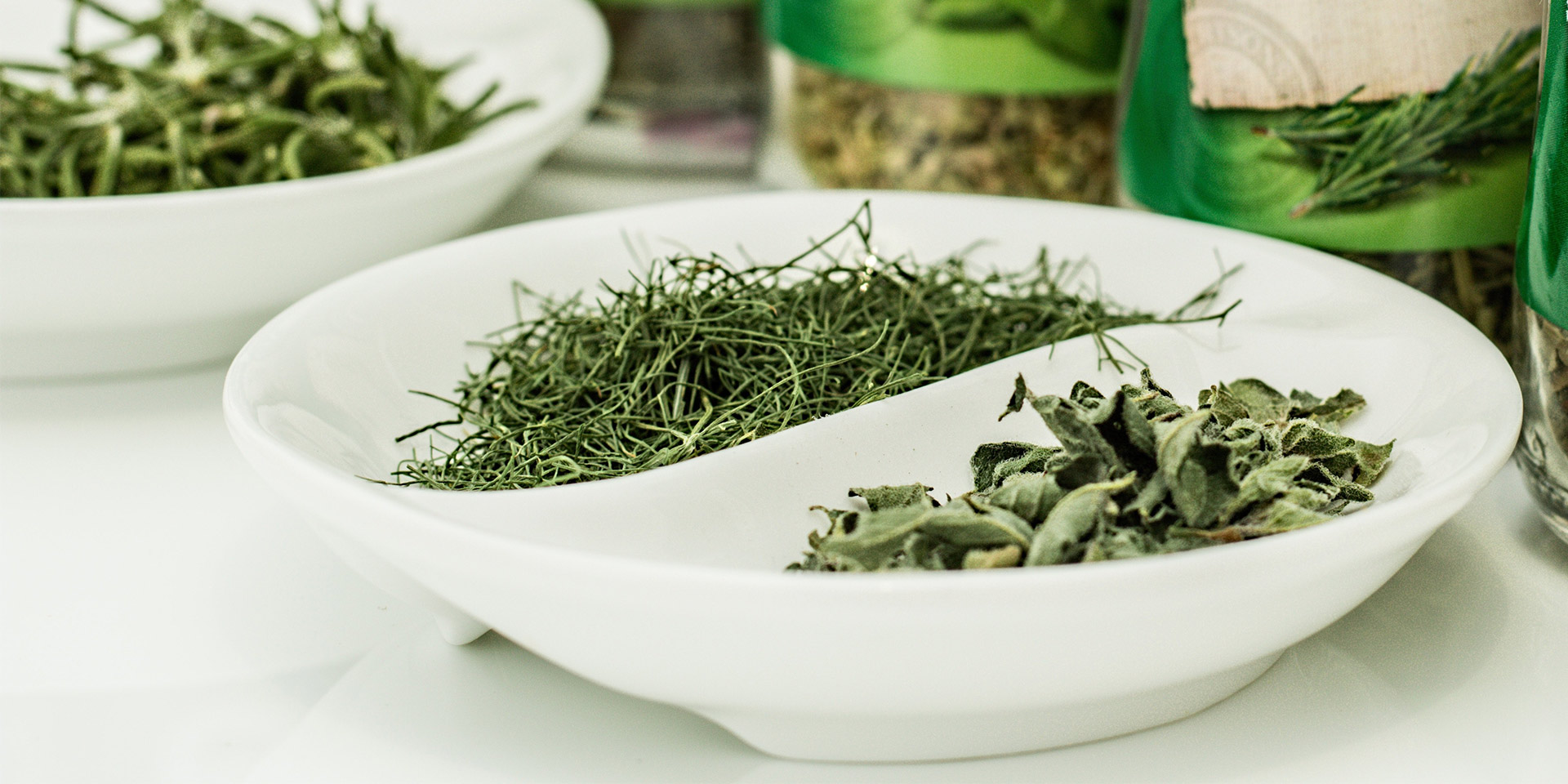5 Lessons from a Half-Million In-Store Sampling Events

Well, given the cost of in-store demos, it can be a big deal. But doesn’t have to be an unprofitable one.

When in-store demos are not carefully strategized and planned, they can fail to move product, result in zero sustainable sales lift, and turn into a sunk cost for the brand. The last thing a young and emerging brand wants or needs after landing a large retail account is to spend
thousands of dollars supporting that store just to end up with low sales, and risk losing that shelf space.
On the other hand, when done correctly, in-store demonstrations can drive brand awareness, sell out product the day-of, and even create a sales lift that can be demonstrated in POS data. We should know: we’ve managed, measured and optimized hundreds of thousands of in-store demos for our clients. This has given us a solid base of knowledge around what works and what doesn’t for sampling events.
So, without further ado, here are 5 lessons we’ve learned from analyzing half a million in-store demonstrations.
1. Staff Support Matters
Surprisingly, many sampling events occur when there is no product in stock (or few left on the shelves). Roughly 67% of demonstrations occur at stores where the retail staff has no idea who the brand even is.

2. Rep performance can vary by 400%. Get a good one.
Looking at over 12,000+ different brand ambassadors and reps, the amount of product an individual can sell during a demo can range from cases to zero. Good reps can pay for themselves and sell enough product to cover their hourly cost. The best ones will sell out an entire product line. Hard to believe? Check out one BA’s stats below:

Solution: Be meticulously focused on finding the best people to represent your brand. Like Mari Johnson, top marketing exec at High Brew Coffee says, it’s not easy.

3. Message over Munching
It’s not about the number of samples you hand out. Your brand ambassadors are not vending machines. If you want to simply hand out samples, you can do passive demos. The most successful programs prioritize their messaging and the ability to resonate with a shopper, getting them emotionally tied to the mission. Great brand ambassadors will prioritize the quality of conversations rather than simply handing out samples.

4. The golden standard of 1 in 4.
Figure out your sampling conversion rate. If it’s not above 25%, it may not be the right product to sample. On average a 3-hour demo will give you the chance to sample about 100 individuals. If one-quarter of the shoppers aren’t putting your product into their cart after a sampling, it may not be a sustainable product for demonstrations. Look first to optimize the messaging, then look to see if your brand ambassador is properly educated and executing that message.
Finally, if your results are steady across the board, it could very well be that your product isn’t suitable for in-store sampling.
5. How to know when you’re really killing it: SALES. Here’s how much.
There are a couple of pretty clear guidelines for when your in-store demonstrations make sense. The first guideline relates to demos as simply a marketing activity – a driver of trial, and an enhancement to your retail relationship. That number turns out to be when sales lift at demo (in MSRP dollars) equal the cost of the demo. So, for example, if you can send an ambassador into the store for a 3-hour demo at a cost of $75, then you’re doing great if that ambassador sells at least $75 more at MSRP than a normal day. This is the first threshold, and all serious demo programs should be aiming for at least this level of performance.

The second guideline applies if you are aggressively approaching your demo program as a profit-making driver of sales. In this case, you will know that you are crushing it if your ambassador’s sales lift at MSRP for the day is 2-2.5x the cost of the demo. Several of the best brands we have worked with have successfully used their demo programs to drive their sales growth using exactly this as a measurement of success.
We should know that these are simple (but useful) rules of thumb. The actual, detailed calculation of ROI is much more complex, and factors in things like the repeat purchase rate of a customer to account for lifetime value. In such cases, in-store sampling can easily pay for itself 5 to 10x over time. But for those companies who are tight on cash flow and need to show a positive ROI number within 30 days, it’s much better to shoot for the higher guideline. This requires much closer management of your program, but the reward is a program that literally pays for itself and then some.

If you are into research papers on effectiveness of demos, check out this research paper published by BYU, UW-Madison, and Singapore Management University.
These are some broad learnings that we believe any brand can use. Of course, results will be dependent on your category, and you may have other key learnings and results that grow your brand well. Want us to write about category-specific learnings we’ve gathered? Have any top tips you’ve found helps you execute a great demo program? Share your thoughts with us below!